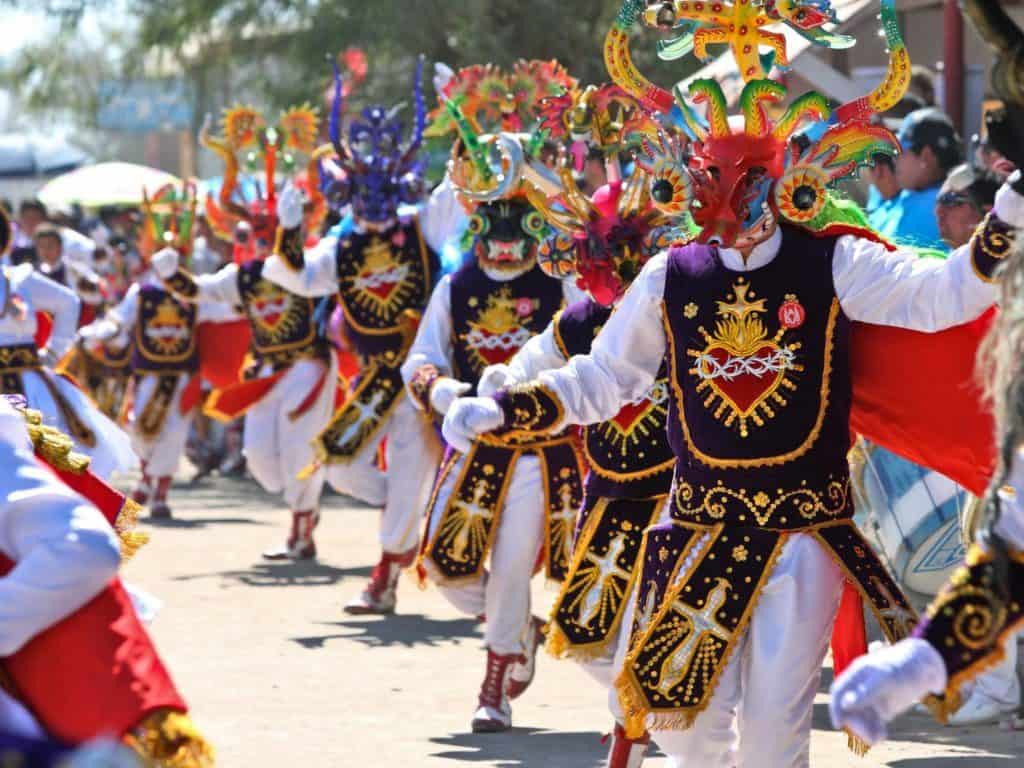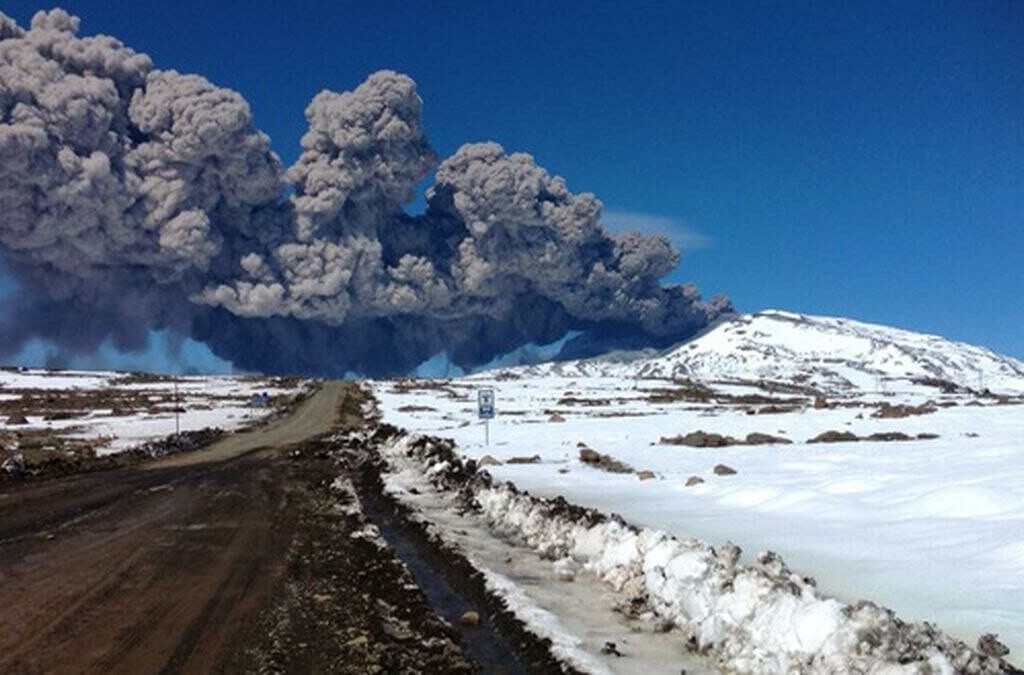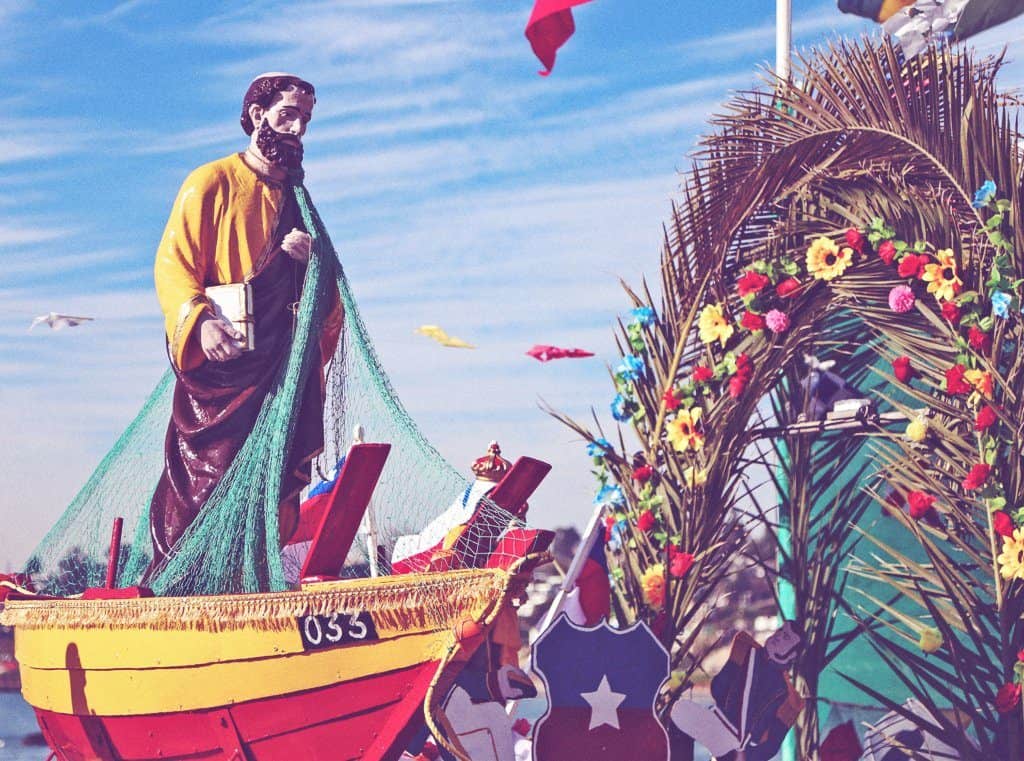Each year, the stark Chilean desert blossoms into a vivid panorama of color and religious zeal. The Tirana Festival, hosted in a quaint northern township, is one of Chile’s most significant folkloric occasions. It harmoniously blends devotion to the Virgin of Carmen with a rich cultural heritage and a poignant love legend.
The Tirana Festival: A Mosaic of Color and Faith in the Chilean Wastes
For nearly a week, the tranquility of the desert is supplanted by the lively ruckus of diabladas, Chinese dances, huainos and morenadas. The stark contrast of the arid landscape against the resplendent costumes of the dancers imparts an otherworldly flair to the celebration.
At the epicenter of this visual and cultural banquet is the temple, a place of worship where masses are held in honor of the Virgen of Carmen of The Tirana de Tarapaca.
Encircling the temple, a vibrant array of activities accentuates the festivity, with stalls showcasing local crafts, culinary delights from the northern part of the country and traditional dances that beckon spectators to delve into the region’s unique essence.
Yet, the Tirana Festival is more than a spectacle of culture and piety. It weaves together a captivating narrative of legend and history, as recounted by historian Rómulo Cúneo Vidal. This narrative speaks of a tragic romance between a Spanish man and a beautiful young Inca woman, renowned as The Tirana del Tamarugal.
The Tirana of Tamarugal: A Tale of Legend, Love and Sacrifice
According to the lore, Ñusta Huillac, the daughter of an Inca prince taken prisoner during Diego de Almagro’s expedition orchestrated a rebellion against the Spanish invaders. Her command was so formidable that she earned the moniker, The Tirana od Tamarugal.
The plot thickens when a Portuguese adventurer, Vasco de Almeida, enters her life. Against all odds, love sparks between them. Yet, their illicit affair is uncovered and the pair is sentenced to death.
In a desperate effort to eternalize their love, Almeida persuades Ñusta Huillac to receive baptism, with the hope they could reunite in the afterlife. Their plan is thwarted and they are both executed amidst the ritual.
The chapel of Our Lady of Carmen of La Tirana, constructed in 1540 at the site of her execution, stands as a mute testament to this tale of love and defiance.
Worshippers traveling to La Tirana hail not only from various parts of Chile but also from Peru and Bolivia. Upon reaching the destination, they joyfully recite traditional songs, such as this popular hymn sung by devotees from northern Chile:
“Natural fields, grant us passage,
For your (name of the brotherhood) has come to pay homage.
Open the paths, clear our way,
For we have reached our journey’s end.”
Enchanting Desert Night: Celebrating the Virgin of The Tirana
Once in town, dance troupes offer their tribute, performing salutations individually at a location known as El Calvario.
The ceremony continues at the temple, where sacrifices are made to fulfill vows or requests, the most notable being the 10-kilometer trek from the crossroads to the temple. As the clock strikes midnight on July 16, the celebration reaches its pinnacle.
Fireworks illuminate the desert night, accompanied by music, dancing and singing to commemorate the Virgin’s birthday, a magical night referred to as “La Víspera”.
The Tirana Festival, with its fusion of color, devotion and tradition, distinguishes itself not merely as a crucial religious event but also as a vibrant representation of the region’s cultural legacy.
Amid the stark northern desert, life and faith blossom, reminding us that the most profound beauty can emerge even in the most unanticipated places.




